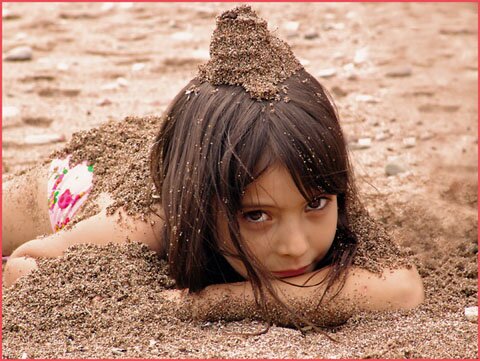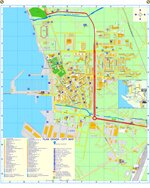Posted in General informations
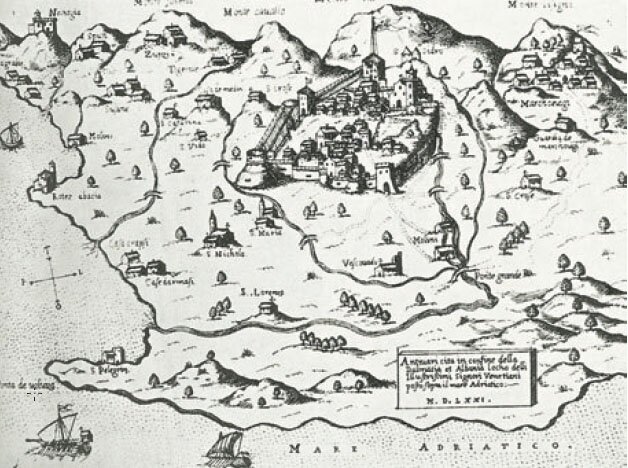
Bar is an ancient city. There is very little precise information on its origin.
The claim that life existed in this region in the prehistoric, Illyrian, Greek and Roman times is confirmed by archaeological findings of significant scope and quality: the remains of Neolithic material found during excavation of a well in the settlement of Čeluga an Eneolithic axe from Šušanj, the Great Grave in Šušanj, a tumulus in the village of Ravanj, various black figured vases etc.
The old olive tree at Mirovica represents a monument of nature that has witnessed the existence of organised settlements and the hard-working people in this region for more than 2000 years.
The origin of its name is explained in different ways. Its Greek name was Antibareos, Roman Antibarum, Slavic name - Bar.
Its turbulent, interesting, “glorious” and often tragic history bears witness to frequent changes in conquerors and rulers.
At the beginning of 7th century, Slavs inhabited this region. In the 9th century, it was in the hands of Zeta rulers, who founded the first Slavic state in this territory; Duke Vladimir had his seat in Krajina (Ostros); and in the 9th and 10th centuries Bar belonged to the Byzantine Empire.
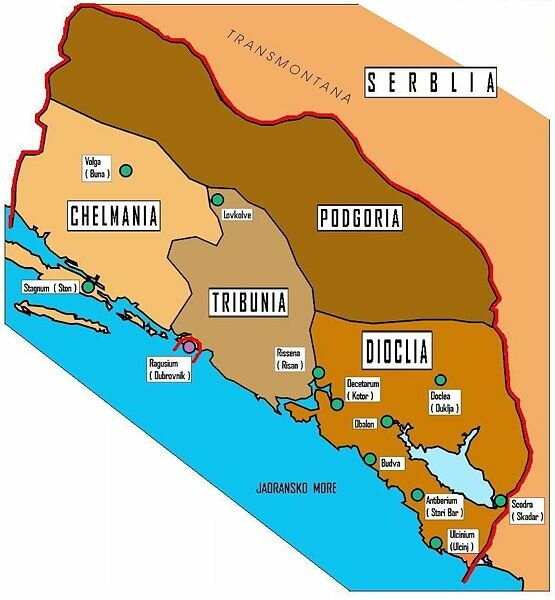
In the year 1042 it was freed by the ruler of Zeta, Vojislav, who defeated a huge Byzantine army in the famous “Battle of Bar” on the slopes of Mount Rumija. The son of Duke Vojislav, Mihailo, was crowned king here in 1077, and he received a royal designation from the Pope. His son and heir Bodin ruled Bar in the period 1082 - 1101. Through the persistent efforts of Bodin, the Diocese of Bar was promoted to an archdiocese in 1089 and that is when Bar became the religious centre of Bodin’s state.
In the mid of the 11th century it became a part of Duklja (Doclea), and later, until 1183, it was again under Byzantine rule, when it was joined to the Nemanjić state, together with the rest of Zeta. It remained under the rule of the Nemanjić Dynasty until 1360. During that period it truly flourished. It had city autonomy, statute, coat of arms and its own money. In the biography of his father, Stevan Nemanja Prvovjenčani (the First-Crowned) mentions “the glorious city of Bar” and that is the first written-down Slavic name of the city.
During the 1360’s, Bar accepted the supreme power of the Balšić Dynasty, a family that created an independent territory in the area of Skadar. Jelena, Đurađ’s widow, and Balša III considered Bar their capital.
At the beginning of the 15th century the time of wars and regional rulers started. Bar passed from hand to hand: from 1404 it was in the hands of the Venetians, from 1412 it fell again into the hands of the Balšić Dynasty; from 1421 it was under the patronage of Despot Stefan Lazarević, and from 1427 it was under the patronage of Despot Đurađ Branković, when Bar was again the throne of the state of Zeta.
In 1443, the Venetians conquered the city together with the coastal zone, taking it over from Stefan Vukčić Kosača, and in 1571, Bar was was captured by the Turks. It remained under Turkish rule for 307 years, until 1878, when the Montenegrins freed the city. During battles to liberate the city, Bar was largely destroyed. In that period the majority of the population moved close to the seaside, where the first sea port was founded at the beginning of the 20th century, and later a new city was built.
In 1908, the Ministerial Council of the Principality of Montenegro passed a decision that the new city, which had just started to be constructed, should be named Bar.
In the 12th century in Bar, a famous literary and historical text, “The Chronicle of the Priest of Duklja” or “The Bar Genealogy” was written. This is the oldest document of that kind in the culture of the South Slavs. It records folk narratives and historical legends from the arrival of Slavs until the mid-12th century, mainly describing the history of Duklja (Zeta).















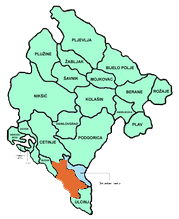 The municipality of Bar is situated in the south-eastern part of Montenegro on the Adriatic coast and covers an area of 505 km2. The length of the coastline is 46 km, of which 9 km are beaches, while the territory of Bar includes as much as 65 km of the entire Skadar Lake shore.
The municipality of Bar is situated in the south-eastern part of Montenegro on the Adriatic coast and covers an area of 505 km2. The length of the coastline is 46 km, of which 9 km are beaches, while the territory of Bar includes as much as 65 km of the entire Skadar Lake shore.
 Bar is an ancient city. There is very little precise information on its origin.
Bar is an ancient city. There is very little precise information on its origin.  In the year 1042 it was freed by the ruler of Zeta, Vojislav, who defeated a huge Byzantine army in the famous “Battle of Bar” on the slopes of Mount Rumija. The son of Duke Vojislav, Mihailo, was crowned king here in 1077, and he received a royal designation from the Pope. His son and heir Bodin ruled Bar in the period 1082 - 1101. Through the persistent efforts of Bodin, the Diocese of Bar was promoted to an archdiocese in 1089 and that is when Bar became the religious centre of Bodin’s state.
In the year 1042 it was freed by the ruler of Zeta, Vojislav, who defeated a huge Byzantine army in the famous “Battle of Bar” on the slopes of Mount Rumija. The son of Duke Vojislav, Mihailo, was crowned king here in 1077, and he received a royal designation from the Pope. His son and heir Bodin ruled Bar in the period 1082 - 1101. Through the persistent efforts of Bodin, the Diocese of Bar was promoted to an archdiocese in 1089 and that is when Bar became the religious centre of Bodin’s state. 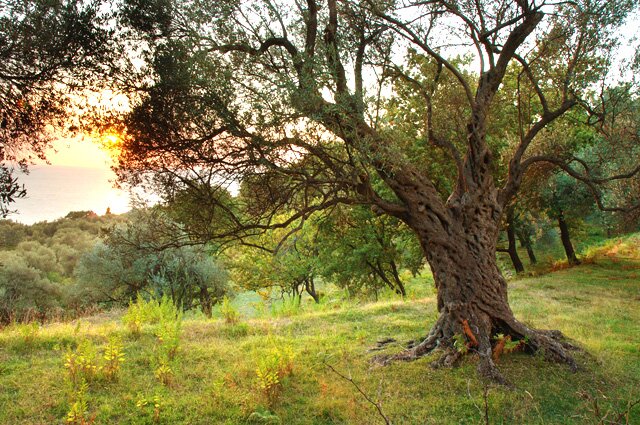 The municipality of Bar has diverse flora and fauna. The type of vegetation that dominates the coastal part of Bar is maquis. Up north, towards the mountain massifs of Sutorman, Lisinje and Rumija, there is a mixture of oak and beech forests. The maquis of Bar’s coastal area is comprised of the following: oak, holm oak, laurel, myrtle, Spanish broom, oleander, hawthorn, sloe, thorn, butcher’s broom, asparagus etc.
The municipality of Bar has diverse flora and fauna. The type of vegetation that dominates the coastal part of Bar is maquis. Up north, towards the mountain massifs of Sutorman, Lisinje and Rumija, there is a mixture of oak and beech forests. The maquis of Bar’s coastal area is comprised of the following: oak, holm oak, laurel, myrtle, Spanish broom, oleander, hawthorn, sloe, thorn, butcher’s broom, asparagus etc. Sea flora and fauna make up one of Bar’s great resources. On the coast, there are various kinds of shells, snails, echinodermata, cephalopoda and crayfish, which have a high quality, healthy meat.
Sea flora and fauna make up one of Bar’s great resources. On the coast, there are various kinds of shells, snails, echinodermata, cephalopoda and crayfish, which have a high quality, healthy meat.
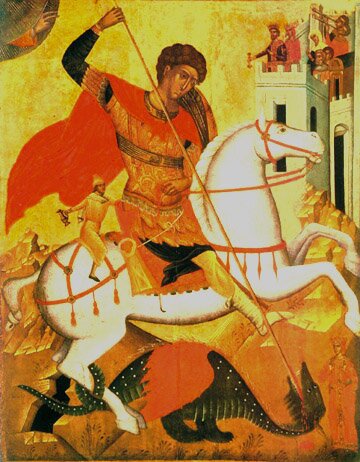 St. George was a medieval patron of Bar. Great cathedral was built in the twelfth century was dedicated to him.
St. George was a medieval patron of Bar. Great cathedral was built in the twelfth century was dedicated to him.







